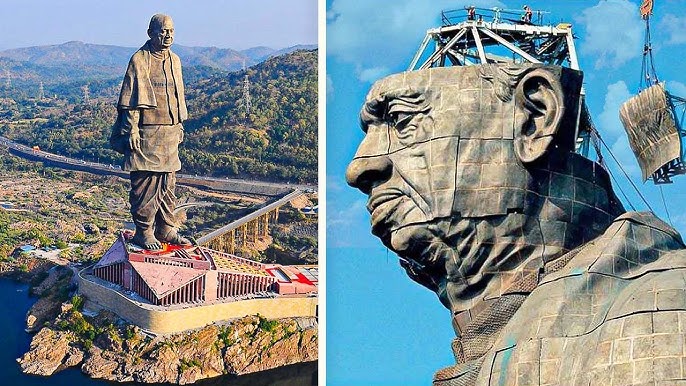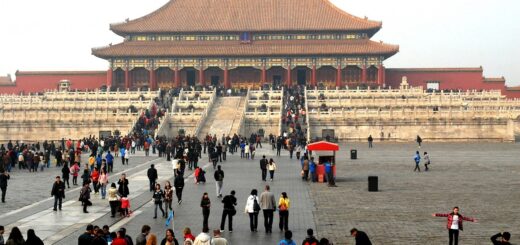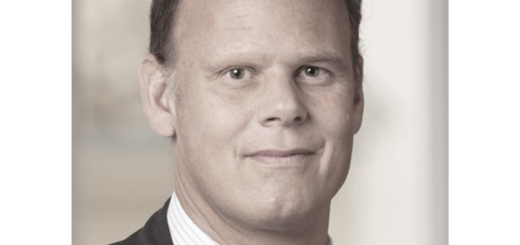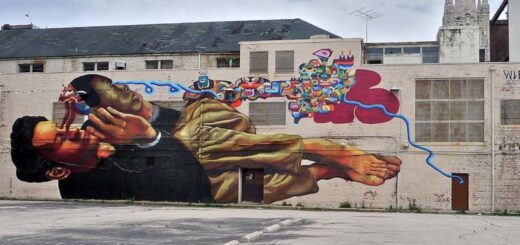The World’s Tallest Statue

Are you in search of a article on 182 metres tall and decorated with 12,000 uniquely-crafted bronze panels, India’s 50-storey Statue of Unity is a triumph of aesthetics and engineering. And get this – it’s made from melted-down old farm equipment. How did they do it? Can it really withstand earthquakes? And how will its appearance change over the coming decades? Join us today as we look up and ask how the world’s tallest statue was built.
There are few more appropriate subjects for the world’s tallest statue than Iron Man. No, not that Iron Man. Indian statesman and independence activist Vallabhbhai Patel is nicknamed the ‘Iron Man of India’ for his incredible nation-building work, uniting all 562 independent princely states on the subcontinent after the British abruptly peaced out in the 1940s. This statue was commissioned to celebrate Patel’s monumental achievement.
Role of farmers in construction:
And to underline the fact it’s for all Indians, farmers from all across the nation Patel helped create sent in their old unused scrap iron. Some 100 million farmers are said to have participated, yielding 129 tons of scrap iron, which today, melted-down, forms the foundation of the statue. The statue itself stands 182-metres tall, and that’s no accident. The number 182 was chosen because that’s the number of seats on the Gujarati legislature. It’s constructed on a river island near where Patel grew up, facing the mighty Narmada Dam. That dam, like so much else in Modern India, was also partly his idea celebrated Indian sculptor Ram V Sutar, distinguished winner of the Padma Bhushan award for service to his country, was chosen to lead the design team. He’d already made a statue of Patel, the one currently residing at Ahmedabad International Airport. Sutar reportedly combed through thousands of photographs and consulted many historians in order to achieve the perfect likeness for his masterpiece. Then he made models, first 3ft high, then 18ft, then 30 feet. The finished clay model underwent meticulous 3D scanning, with the model used as a reference for Chinese casting company Jiangxi Tongqing Metal Handicrafts, where the bronze outer layer was manufactured.
Financing
Funding for the project came from a variety of sources, mostly the Gujarat government, but also private donations and even a fun-run marathon. In total it’s estimated the cost amounted to almost US $400 million. New York firm Michael Graves Architecture and Design was hired to oversee the project, along with the Singapore-based Meinhardy Group and Indian infrastructure giant Larsen & Toubro. Some 4,076 laborers worked alongside 250 engineers for 57 months on the project. Work began in earnest when Narendra Modi – then premier of Gujarat, now Prime Minister – laid the foundation on 31 October 2013, what would’ve been Patel’s 138th birthday. The hillock on which the statue stands was flattened, from 70 meters to just 55 meters, in order that the foundations could be laid of the many thorny engineering problems that had to be overcome, the most striking related to the statue’s so-called ‘slenderness ratio’. What that basically means is that tall structures should ideally be more slender at the top than the bottom seems obvious, right. Ram V Sutar’s sculpture of Vallabhbhai Patel, however, is clearly narrower at the base.
Use of Material
Moreover, the statue’s thrusting progressive stance meant those dainty sandalled feet are some 6.5 meters apart. Engineers decided the best way to solve this problem was to create two separate concrete cores, the same kind of core you’ll have seen a hundred times on skyscraper construction sites. Between them, these cores incorporate around 210,000 cubic meters of cement and concrete, 6,500 tons of structural steel, and 18,500 tons of reinforced steel. Working in Gujarat’s hot climate created challenges for the concrete pour team, who needed to use an assortment of chiller systems to keep the all-important coarse aggregate element of the concrete cool enough to set evenly. Lift shafts are concealed within each core for ferrying tourists up to the observation gallery, where up to 200 delighted sightseers can gaze out over the Narmada Dam and hundreds of acres of manicured grounds through strategically concealed rips in Patel’s dhoti. Further up the cores are twin 250-tone tuned mass dampers. Why?
Earthquakes
The area is occasionally prone to earthquakes. Thanks to those dampers, the structure can withstand quakes up to 6.5 on the Richter scale, to a depth of 10km and a radius of 12km away. Cantilevered out from those mighty concrete cores is a steel ‘space frame’, designed on CAD software. Onto this frame, the bronze-clad panels – transported by sea from China – were bolted on. If you’re thinking the panels don’t entirely seem to line up, that’s actually deliberate. Why? The panels are designed to overlap slightly so they can move about in high winds – up to 180km an hour – and prevent the transmission of stress throughout the structure. The skin alone, by the way, weighs over 2,000 tons and each panel is unique, requiring a clever tagging and numbering system to avoid confusion and delay on site. The building phase took 33 months, by which point the statue was visible from 7km away. It wasn’t just the statue that was built, by the way the mammoth project, which is 200km away from the nearest major city in a densely-forested rural area necessitated the building of a four-lane approach roan a food court, and a 52-room three star hotel. There’s also a museum featuring 2,000 photographs, and 40,000 documents, with video presentations and even a research centre dedicated to the life and work of India’s Iron Man.
How many people visits yearly?
Within 11 days of the unveiling on what would’ve been Patel’s 143rd birthday some 128,000 tourists had visited the site, more than the Statue of Liberty managed in the same timeframe. The total number of visitors currently stands at around 6 million. The statue is not without its critics. Many argue it’s an overpriced boondoggle, and the money would have been better spent addressing local poverty. Over its projected 100 year lifespan Patel’s mammoth likeness will gradually turn green, owing to the composition of its metal. And locals have wasted no time centring festivals around the giant statue, like impressive light shows involving powerful lasers. Well, what you expect from Iron Man.







